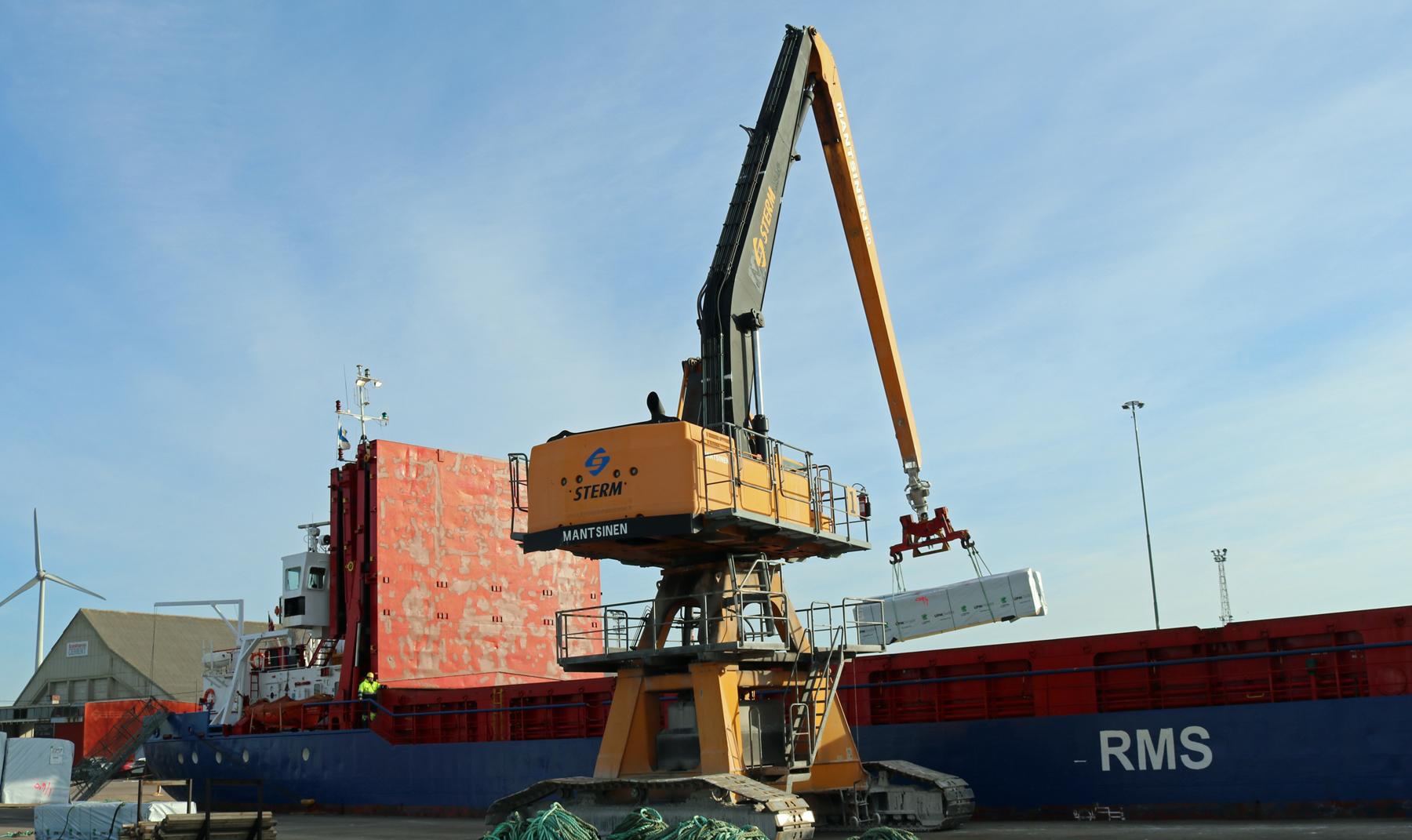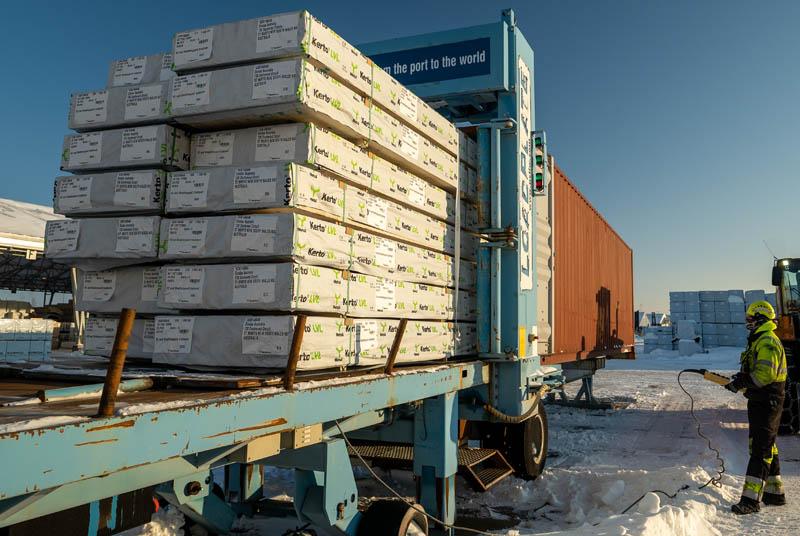War in Ukraine creates turmoil in the lumber market

Despite the unstable world situation – and partly because of it – Finnish sawmills are exporting their products worldwide at a record pace. Demand is high and there is a lot of available wood to be sawn.
Russia’s invasion of Ukraine has had a significant impact on the EU sawn timber market with Ukraine, Belarus, and Russia accounting for about 10% of sawn timber imports into the EU. As much as 3.7 million cubic metres of Russian wood, about 4.5 million cubic metres from Belarus and some 2 million cubic metres from Ukraine have been imported into the EU.
Russia is now out of the EU market due to triple sanctions: the EU has banned the import of timber; shipments from Russia to EU countries have been stopped; and Issuers of PFC and FSC timber certificates no longer accept Russian timber.
Belarusian timber is banned from import into the EU, and Ukraine's timber trade with EU countries is at a standstill.
Finland’s sawn timber exports were 8.8 million cubic metres in 2021.
“The opportunity to take on new customers is limited because the sawmills are already operating at full capacity. Sawmills continue to buy wood, even though they have plenty of inventory,” says Kai Merivuori, CEO of the Finnish Sawmills Association.
Finland's exports to China are down
The sawn timber offered by Finland and Russia to the world market is largely similar as the tree species and the growth conditions are nearly the same. In recent years, China has invested in Russian sawmills. Chinese sawmills are simple and labour-intensive while new Russian sawmills have improved the technical quality of Russian sawn timber, making them more competitive.
“More than half of the upwards of 28 million cubic metres exported by Russia goes to China, and a significant part goes to the CIS countries (the former Soviet republics),” says Merivuori.
In 2021, China was the fourth largest export market for Finnish sawn timber after Egypt, the United Kingdom and Japan. Chinese exports fell by a quarter from the previous year.
“Finland’s exports of sawn timber to China have changed dramatically: 1.7 million cubic metres went there in 2017as compared to only 0.7 million cubic metres last year,” says Merivuori.
Europe’s importance to Finnish timber exports will increase as the focus of Russian exports shifts to Asia. This development is accelerated by the weakening rouble, which makes Russian sawn timber attractive to those countries that do not restrict trade with Russia.
“When Russia is unable to export timber to Europe, it will direct its goods to China, India, and the former Soviet republics. This is, however, a logistical problem for Russia, where the adequacy of railway capacity is currently uncertain. The war affects logistics,” Merivuori points out.
Two years of market turmoil
The war in Ukraine will clearly cause an upheaval in the sawn timber market. At the same time, it introduces a new phase in the sharp fluctuations in demand and prices caused by the Covid pandemic that has lasted more than two years.
When the war in Ukraine broke out, sawn timber buyers became nervous about how they could make up for the missing tenth from the market. Then, demand saw a bounce and there was a sudden shortage of goods.
“We have seen growing demand. On the other hand, the global economy is becoming problematic due to a slowdown in construction and inflation. We are looking for a new balance between supply and demand, where the future is very difficult to predict.”
If the war continues for a long time, it will weaken the demand for sawn timber as construction, which is important to the sawn timber market, declines.
“We have seen exceptional fluctuations in both supply and demand, even quarterly, so finding that balance can take time,” Merivuori says.

In containers and in bulk
Almost nine million cubic metres of Finnish sawn timber is sent around the world every year, mainly in containers. Container availability has improved since last autumn, although container prices are at a much higher level than usual.
Sawn timber is transported in bulk to countries in North Africa and the Middle East. These shipments may be affected by sanctions on Russia. According to Merivuori, this is due to the international boycott of Russian ships, which play a significant role in traffic to Egypt, and other countries.
About Author

Satama
SATAMA is our customer magazine. it is published twice a year in Finnish.
